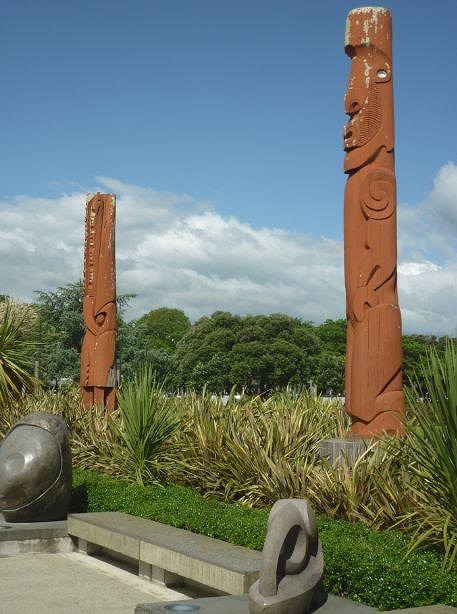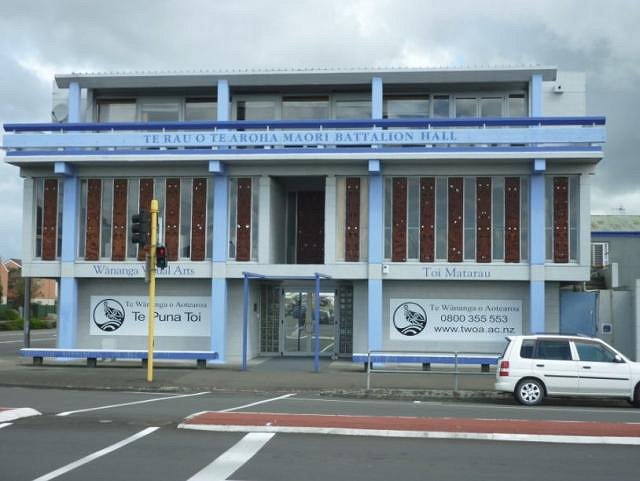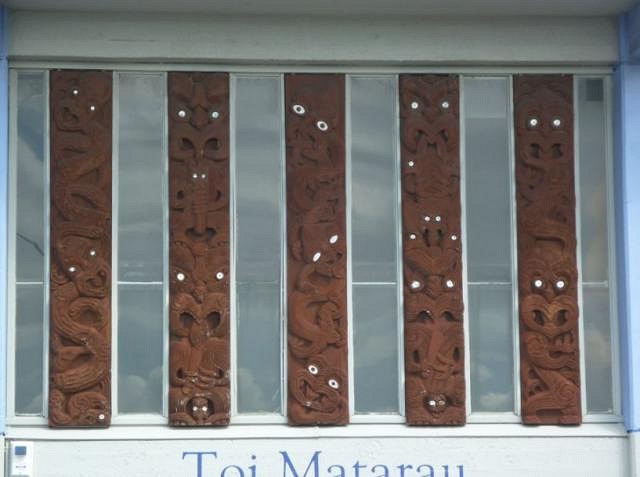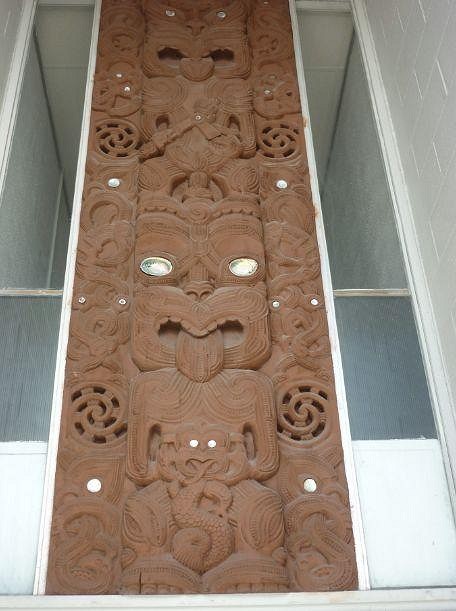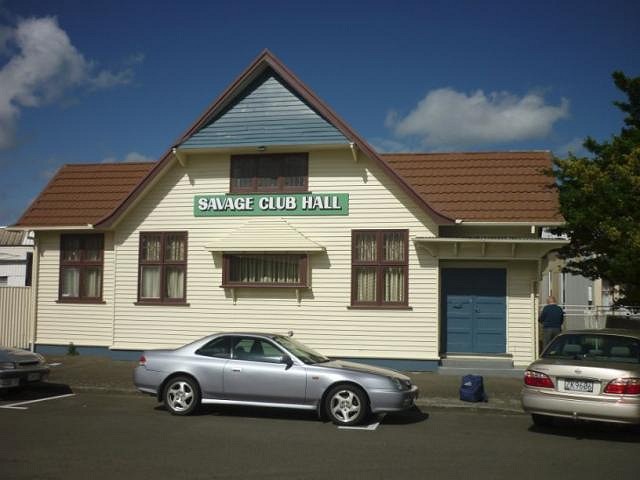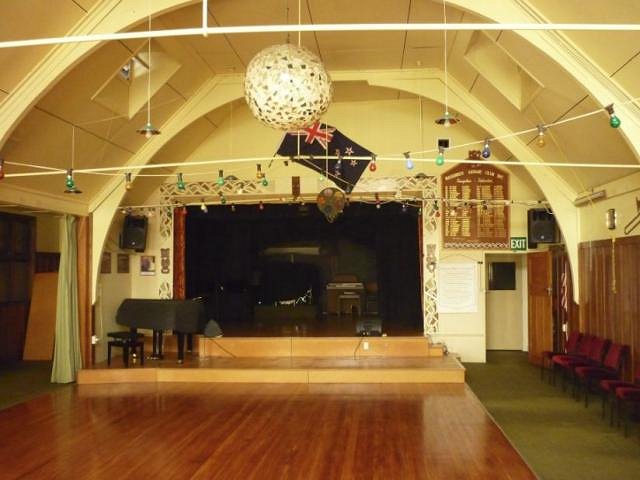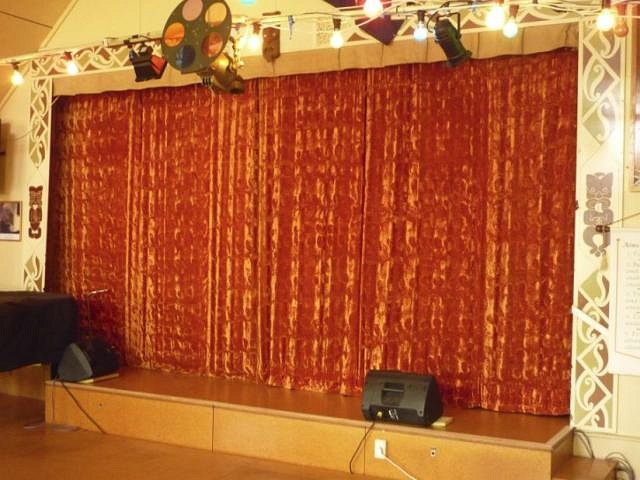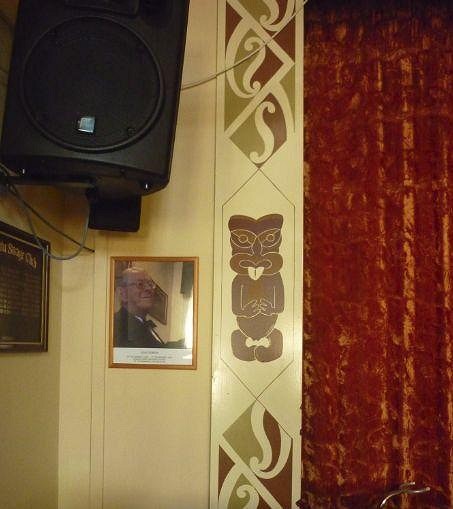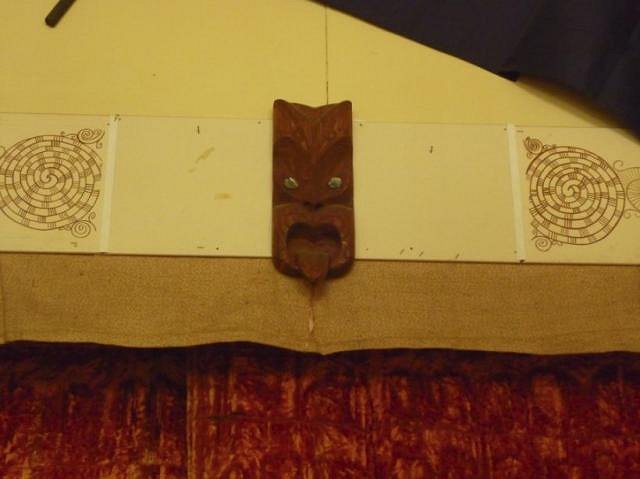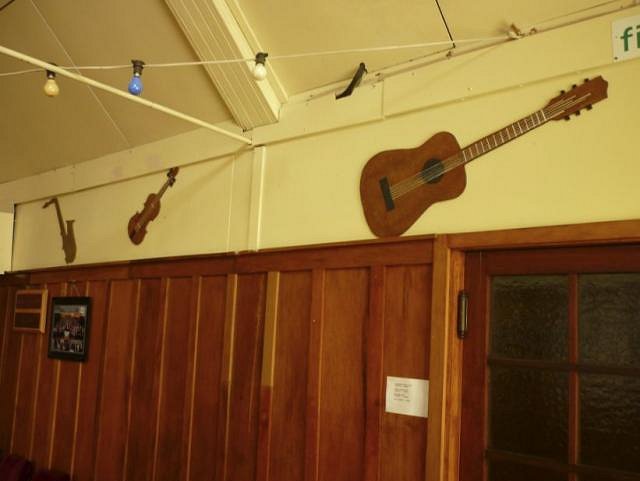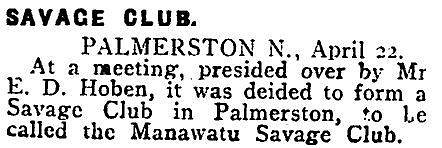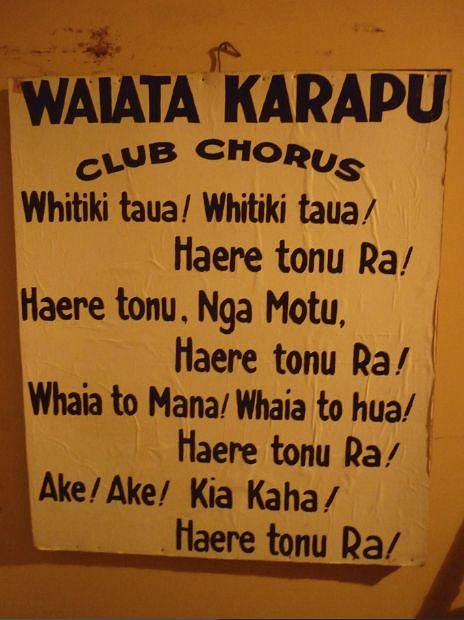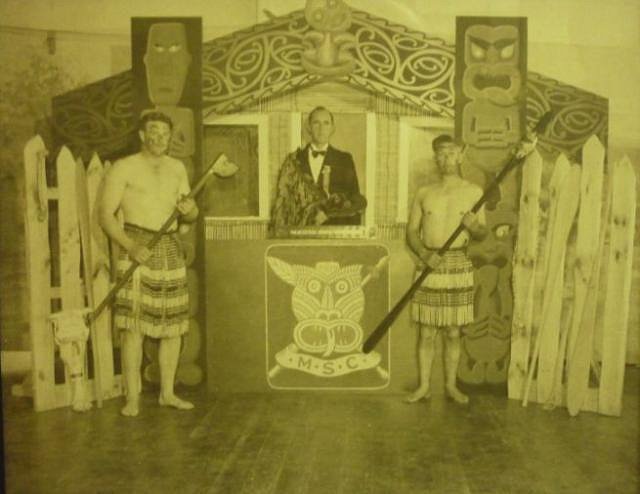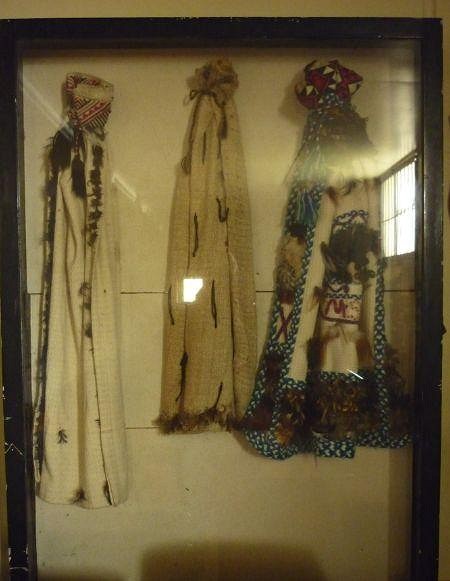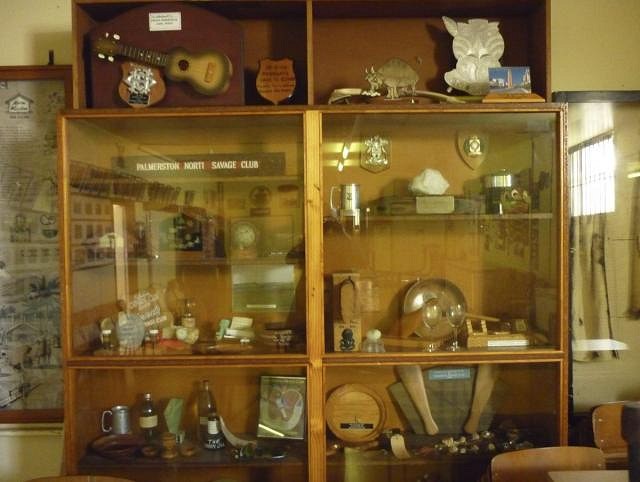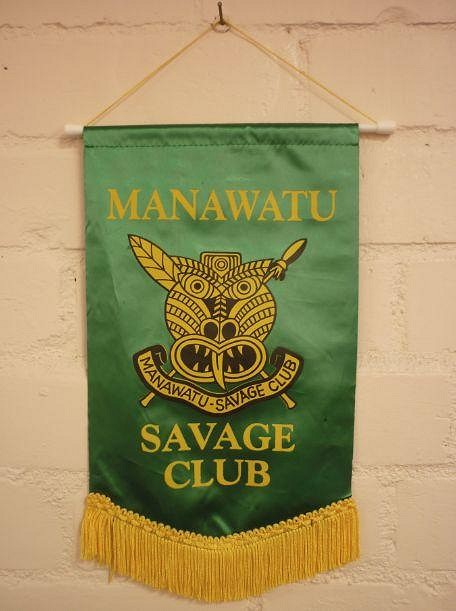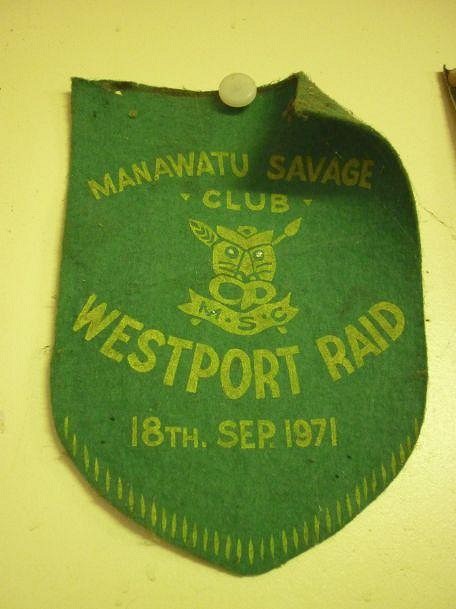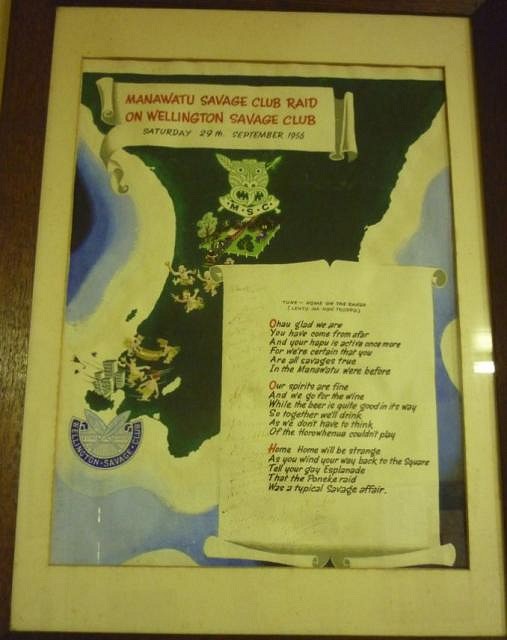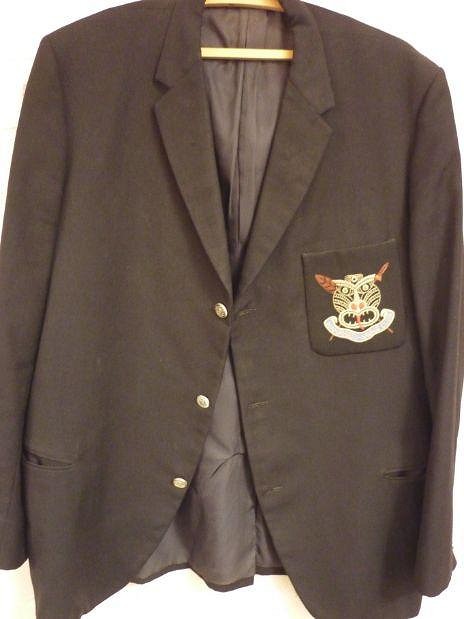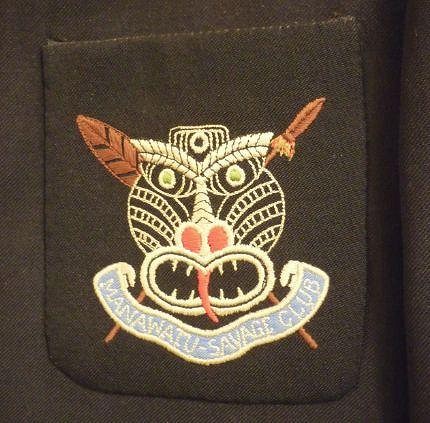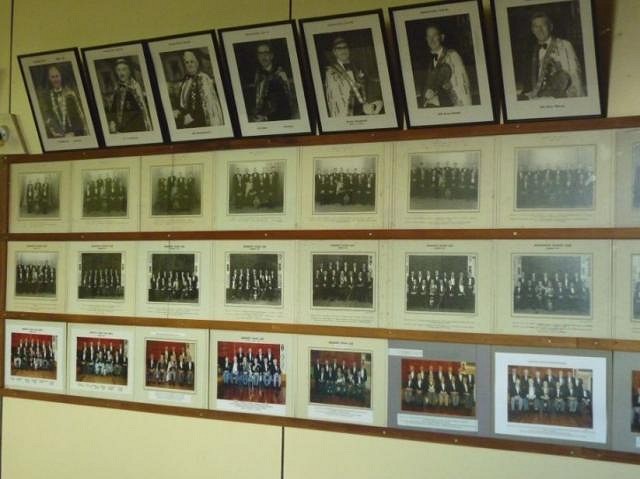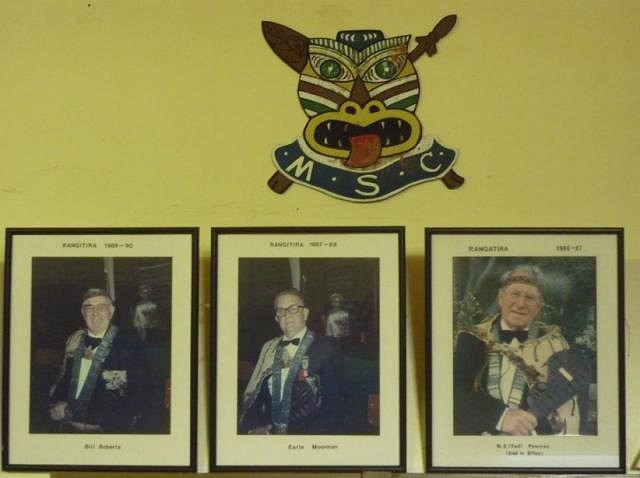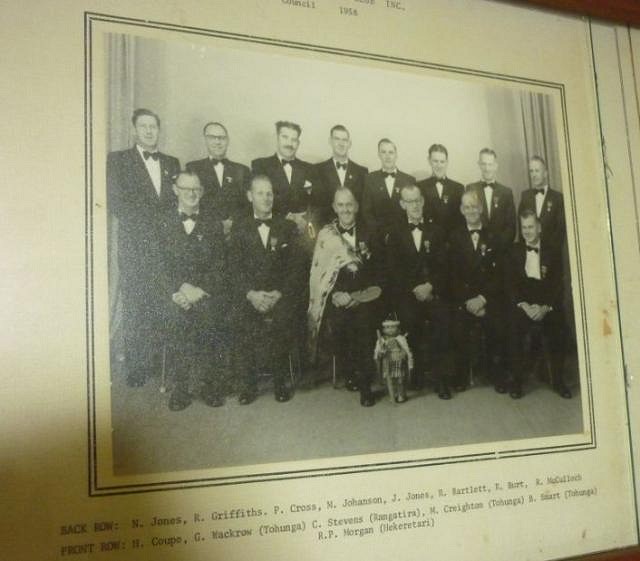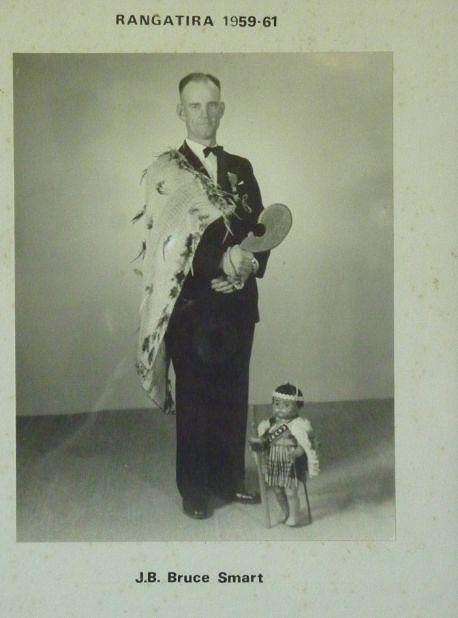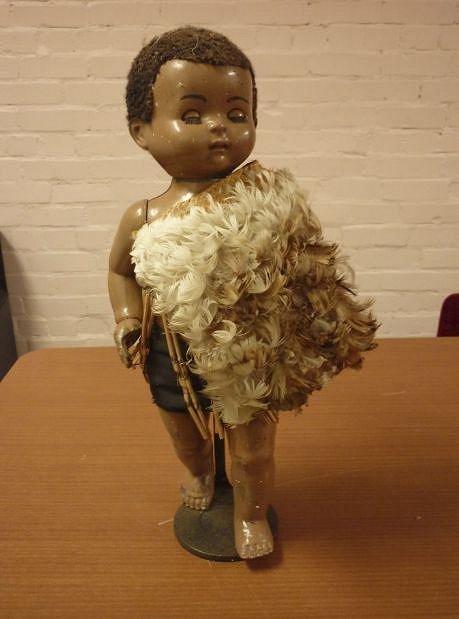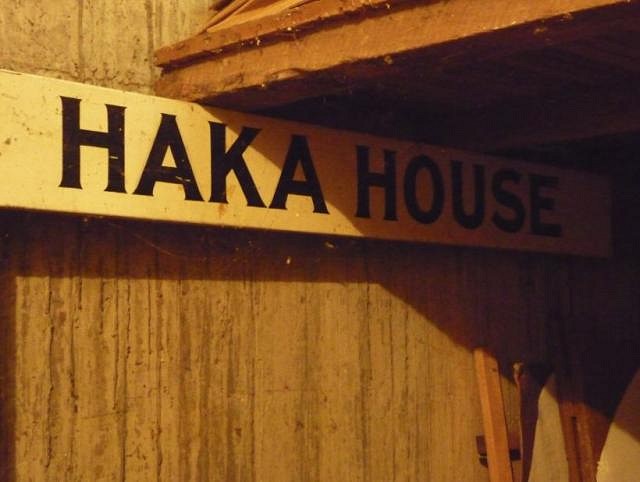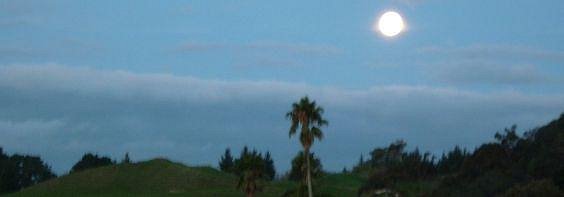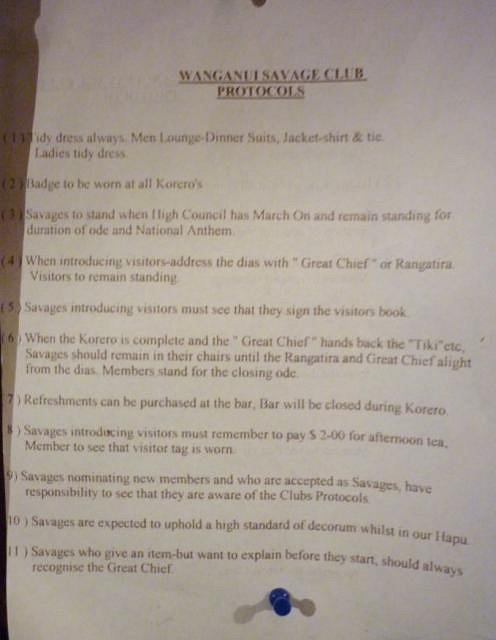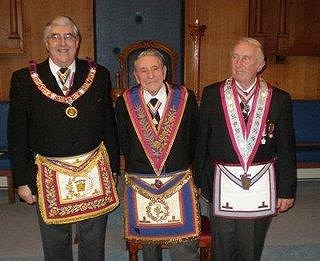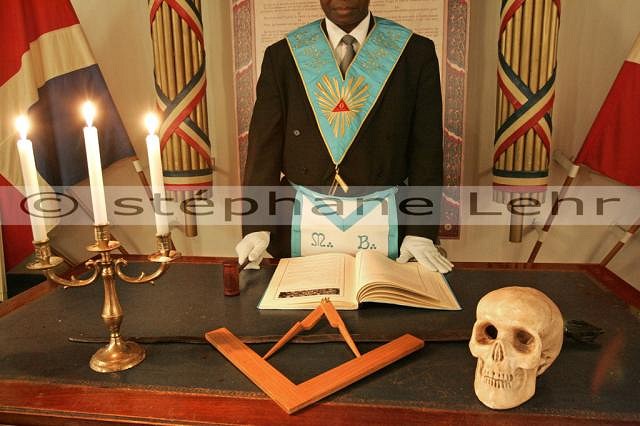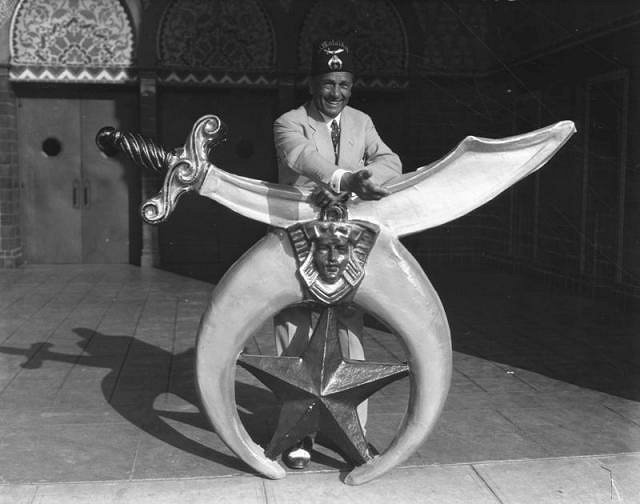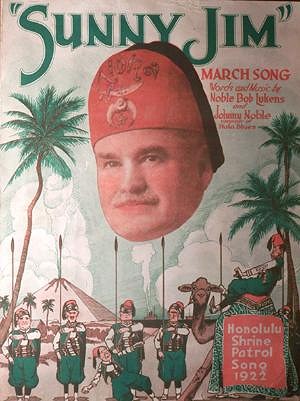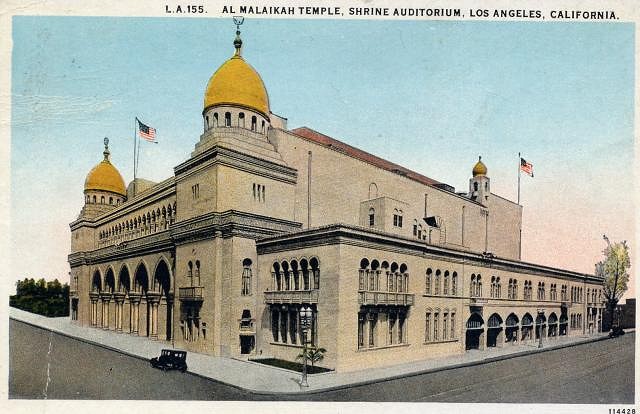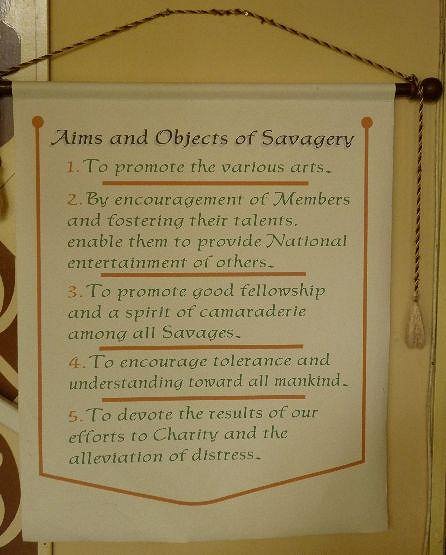Tiki Central / Tiki Travel
Palmerston North - The Tiki Tour
Pages: 1 9 replies
|
CN
Club Nouméa
Posted
posted
on
Mon, Nov 21, 2011 4:05 AM
Palmerston North is less than an hour's drive south-east of Wanganui, and about an hour and a half's drive north of Wellington. Background info: http://en.wikipedia.org/wiki/Palmerston_North My mission was to investigate the Manawatu Savage Club, but there are a few other tiki sights to be seen in Palmerston North. The Square has two imposing carvings, standing over a series of sculptures carved by Maori and Pacific Island sculptors:
And then there is the façade of the Maori Battalion Hall, completed in 1964:
Detailed view of the right-hand series of panels:
And a close-up shot of the carving over the entrance:
The 28th (Maori) Battalion was a unit that fought as part of the 2nd NZ Division in the Mediterranean theatre from 1941 to 1945 (Greece, Crete, Egypt, Libya, Tunisia, and Italy). It fought at the battles of Monte Cassino, Tobruk, and El Alamein, among others. Unit history: http://en.wikipedia.org/wiki/M%C4%81ori_Battalion Just down the road a bit and around the corner at 100 Campbell Street is the Manawatu Savage Club:
There is a spacious hall for social events:
The tiki décor is more low-key than it is in the Wanganui Savage Club, but is there nonetheless:
As well as these reminders of the Manawatu Club's reputation for being very musically oriented:
Of all the Savage Clubs, it is noted for its major focus on music, and continues to stage varied concerts and shows, not only on its own premises, but in public venues in Palmerston North. The building itself is an old church hall which the club purchased in 1972, although the club itself is now 103 years old:
Like its Wanganui counterpart, the Manawatu Club adopted the trappings of Maori culture, and did so from its earliest days. On 11 May 1908, the Manawatu Daily Times reported that, through its protocols and practices, the club wanted to establish ties with the traditions of the local Rangitane Maori. This went to the extent of giving Maori titles to the officers of the club, with the Chief Savage being called the "Toa" (war leader), and concerts were to be referred to as "koreros". The club's song:
For ceremonial occasions, members also dressed in Maori costume, as shown in this photo of the Rangatira (President) Cyril Stevens, which dates from 1956:
Various of the Rangatiras' old cloaks have been preserved:
Along with other mementos and memorabilia from the club's early days:
The club's crest (named "Tane-nui-a-rangi"):
The crest was featured in various pennants and posters commemorating the Manawatu club's "raids" on other Savage clubs:
And featured on the blazers worn by club members:
Like the Wanganui Savage Club, photos of past members and Rangatiras feature prominently:
And various of them feature a Maori doll as the club's mascot, which can be seen more clearly below:
And here is the mascot, still intact today:
Also, stored in a back room, is an old sign that used to stand outside a now deceased member's house:
It is fondly remembered as a place where members could repair to after Savage Club meetings for drinking sessions... The Manawatu Savage Club currently has 85 members and is active, although like the other Savage Clubs, it could do with some younger members in order to provide a new generation to keep things going. I would like to thank Murray Jamieson, a past President and the current Secretary of the Manawatu Savage Club, for showing me around, and for providing me with a copy of the book "Entertaining the Manawatu: The Manawatu Savage Club's Century of Achievement", by Noel Watts (2009), which I drew on for details of the club's earliest days. CN
[ Edited by: Club Nouméa 2011-11-21 04:46 ] [ Edited by: Club Nouméa 2011-11-21 15:04 ] [ Edited by: Club Nouméa 2011-11-21 15:09 ] [ Edited by: Club Nouméa 2011-11-21 15:10 ] |
|
K
komohana
Posted
posted
on
Mon, Nov 21, 2011 9:41 PM
Another extremely interesting tour CN, thanks. You mention the need for new members, so i'm curious as to what edit- re-read the Wanganui tour and found the "Wanganui Savage Club Protocols"
[ Edited by: komohana 2011-11-21 22:46 ] |
|
CN
Club Nouméa
Posted
posted
on
Tue, Nov 22, 2011 12:29 AM
Hello komohana, Yes, judging from that, membership is by invitation, although the procedure for new members may vary from club to club. Are you aware that there are Savage Clubs in Australia? Murray (the Secretary of the Manawatu club) was telling me about the Sydney Savage Club on Saturday. He had the impression they were a fairly select organisation. I also get that impression from the following site for the Melbourne Savage Club: http://melbournesavageclub.com/msc/Default.aspx Are those South Pacific artifacts on the walls in that small photo of the club's interior? Judging from the Melbourne club's logo and the following image, there does seem to be a South Seas theme in the club's past: And here is a list of the Australian Savage Clubs (including one in Perth): http://melbournesavageclub.com/msc/Default.aspx?tabid=57 I would be very surprised if they used to get dressed up as Aborigines and hold corroborees, although you never know... :) CN
[ Edited by: Club Nouméa 2011-11-22 00:35 ] [ Edited by: Club Nouméa 2011-11-22 00:37 ] [ Edited by: Club Nouméa 2011-11-22 00:57 ] |
|
B
bigbrotiki
Posted
posted
on
Tue, Nov 22, 2011 8:50 AM
This is really a fascinating subject. In my mind, the Savage Clubs most closely compare to the American Shriners and world-wide Masons, which (like Tiki), were looked at as outdated with the big generation change of the 60s and 70s. My grandfather was a Mason (I think everybody's grandfather was), my father already wasn't.
The exoticism of the Shriners, making use of exotic costume and architecture, seems to stem from the same human desire to impersonate "the exotic other":
Now the culture of that "other" has to have sufficient artistic and cultural achievement in the past to allow it to be romanticized, like the Arabic and Maori cultures do. It also helps to not be "black", like the Polynesians which had a light brown complexion. Unfortunately, the Australian aborigines had none of that: Their cultural traditions were way to obscure and mystic, and their physique and facial features did not lend themselves to the romantic Western ideal of the "noble savage". So I too doubt that the Australian Savage Clubs would be using their own country's native culture for logos and impersonation. And how does this compare?: :) |
|
CN
Club Nouméa
Posted
posted
on
Tue, Nov 22, 2011 3:22 PM
Yes, it does seem that there are some cultural parallels between the Shriners and the NZ Savage Clubs. Like the Shriners, the Savage Clubs raise funds for charity, and have similar social aspirations. Here is a brief summary of their philosophy hanging on the wall of the Manawatu Savage Club:
Surely it is high time for someone in California to establish a tiki-themed club along the same lines? :) And while they may not have adopted Australia's native culture as a model, I am intrigued by the Melbourne Savage Club - although it now looks like a refined gentlemen's club, there is definitely a South Seas element there - is there anyone in Melbourne on Tiki Central who would like to go and investigate its early days? CN
[ Edited by: Club Nouméa 2011-11-22 15:23 ] [ Edited by: Club Nouméa 2011-11-22 15:24 ] |
|
B
bigbrotiki
Posted
posted
on
Tue, Nov 22, 2011 5:00 PM
But lad, do you mean to say you are unaware of the Fraternal Order of the Moai !!?: http://www.fraternalorderofmoai.org/huimalu/ A Tikiphile organization built exactly in the tradition of these clubs, complete with membership rules, fezzes, initiations, various chapters across the US, and even charitable donations, in their case to - fittingly- Easter Islanders! |
|
H
hiltiki
Posted
posted
on
Tue, Nov 22, 2011 8:03 PM
I was wondering why women were not allowed to join these clubs? |
|
V
VampiressRN
Posted
posted
on
Tue, Nov 22, 2011 9:19 PM
I think they were home baking cookies. :o Thanks everyone for the interesting post and wonderful pictures. I think the FOM is definitely the modern day Shriner-type organization. Great folks that know how to have fun and provide wonderful support to various charities. Luckily females can be members. :) Keep up the great field surveillance!!! |
|
CN
Club Nouméa
Posted
posted
on
Tue, Nov 22, 2011 9:28 PM
Its name has popped up here, but I was unaware it was formally organised along those lines - very impressive! CN
[ Edited by: Club Nouméa 2011-11-22 21:30 ] |
|
CN
Club Nouméa
Posted
posted
on
Tue, Nov 22, 2011 9:39 PM
Or drinking gin... :) CN |
Pages: 1 9 replies


